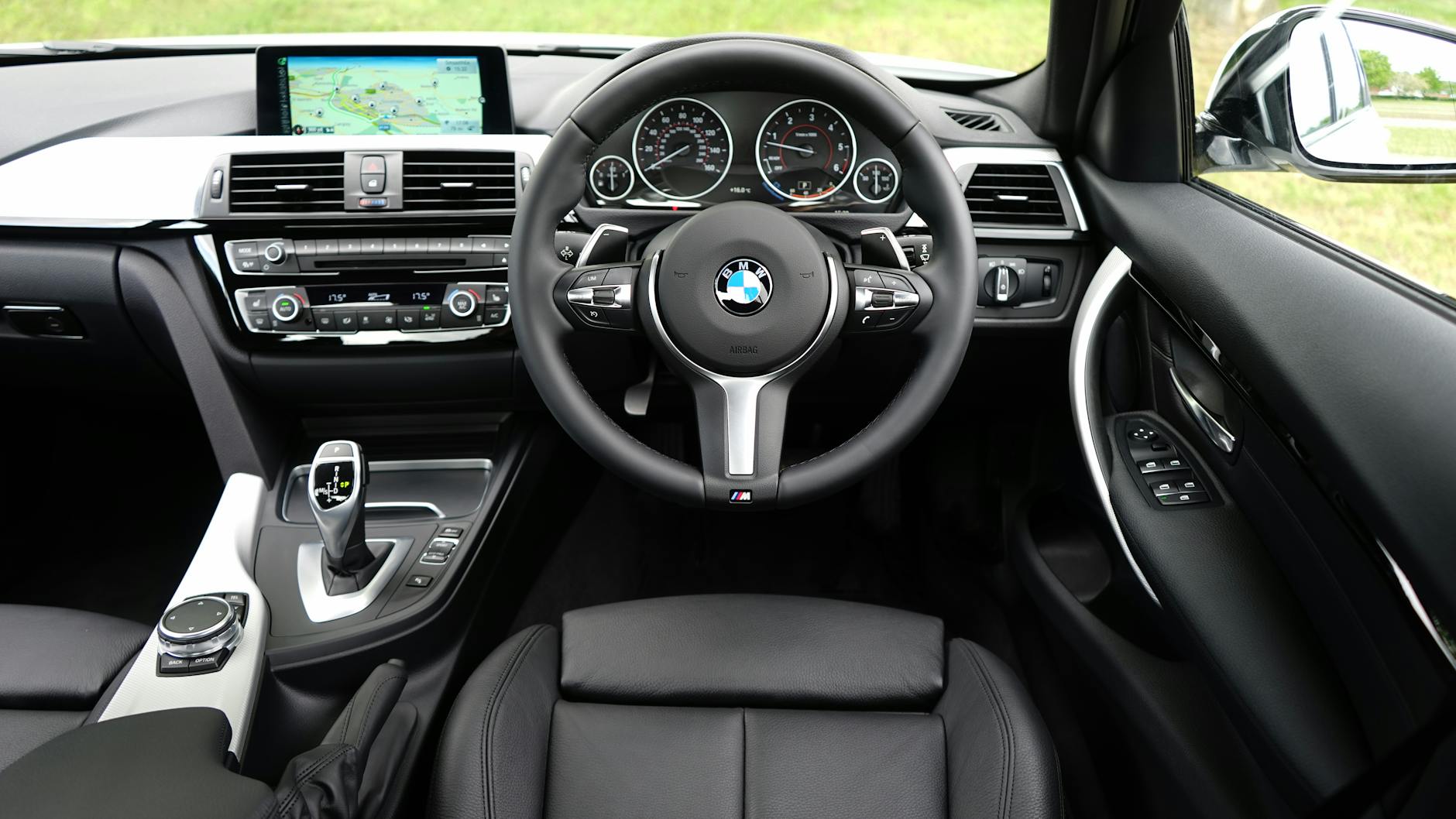Unveiling the secret driving force behind the automotive industry’s unprecedented success: Discover the game-changing power of OKRs.
Image courtesy of Mike Bird via Pexels
Table of Contents
- Improving Operational Efficiency
- Enhancing Customer Experience
- Expanding Market Share
- Promoting Green Initiatives
- Conclusion
Regarding goal-setting and operational alignment, organizations across industries increasingly turn to OKRs (Objectives and Key Results). The automotive industry, known for its dynamic nature and cut-throat competition, is no exception. In this blog post, we will explore some neutral examples of how OKRs can be utilized to drive success in the automotive industry.
Improving Operational Efficiency
Operational efficiency is a key focus area for any automotive company looking to stay ahead of the curve. Organizations can streamline their processes, reduce waste, and enhance productivity by setting clear objectives and defining key results.
One objective could be to reduce production waste by 15% by implementing streamlined processes and integrating smart manufacturing technologies. Initiatives such as optimizing supply chains, mapping production workflows, and leveraging automation tools can contribute to achieving this goal.
Another key result could involve a 10% reduction in assembly line downtime, aiming to enhance overall productivity. This could involve investing in predictive maintenance technologies, conducting regular equipment maintenance, and empowering employees with relevant training and skill development.
Enhancing Customer Experience
In the automotive industry, customer experience is pivotal in retaining and attracting new customers. By utilizing OKRs, organizations can set objectives to improve various touchpoints throughout the customer journey.
One key result could be reducing customer response time by 20%, achieved by implementing AI-powered chatbots and automation. These technologies can efficiently handle routine customer inquiries, allowing employees to focus on more complex and personalized interactions.
Aiming for a customer satisfaction rating of 90% or above could be another key result. By enhancing after-sales services and prompt issue resolution, organizations can build a loyal customer base and encourage positive word-of-mouth referrals.
Launching a customer feedback platform could be a strategic objective to gather insights that enable continual improvement and tailored product development. By valuing customer input and incorporating their opinions into product enhancements, organizations can strengthen customer bonds and gain a competitive edge in the market.
Expanding Market Share
Market expansion is a strategic objective for any automotive company looking to stay ahead in a highly competitive industry. By utilizing OKRs, organizations can aim for measurable outcomes that drive growth and penetration into new markets and customer segments.
One key result could be to increase the dealership network by 20%, targeting new markets and regions. By strategically selecting dealership partners and expanding their geographical reach, organizations can capitalize on untapped markets and reach a wider audience.
Aiming for a 15% growth in sales volume could be another key result. This could be achieved through strategic marketing initiatives, targeted promotions, and building effective partnerships.
Establishing partnerships with emerging e-commerce platforms could also be a key result, aiming to penetrate the online market segment. By leveraging the growing trend of online car buying, organizations can expand their reach and cater to the evolving preferences of modern customers.
Promoting Green Initiatives
With increasing awareness about environmental sustainability, automotive companies are incorporating green initiatives into their strategic goals. By utilizing OKRs, organizations can set objectives to reduce their carbon footprint and promote eco-friendly practices.
A key result could be to attain a 25% reduction in carbon emissions. This could be achieved by incorporating hybrid and electric vehicles into the product lineup, investing in renewable energy sources, and implementing energy-efficient processes throughout the production cycle.
An additional key result could involve implementing sustainable sourcing practices, aiming for a 20% increase in using recycled materials in vehicle manufacturing. By prioritizing responsible sourcing and utilizing recycled materials, organizations can contribute to a more circular economy.
As part of their green objectives, organizations can also raise awareness among customers by organizing eco-friendly driving campaigns and providing incentives for environmentally friendly commuting. By engaging with customers and showcasing their commitment to sustainable practices, automotive companies can enhance their brand reputation and attract environmentally-conscious consumers.
Conclusion
OKRs, with their focus on clearly defined objectives and measurable key results, have proven to be a powerful tool for the automotive industry. By setting goals related to operational efficiency, customer experience, market expansion, and green initiatives, organizations can adapt to the ever-changing landscape and drive success.
It is crucial to note that OKRs are not static; they require constant reassessment and adjustment to align with market dynamics and industry trends. By adopting a neutral perspective and leveraging OKRs effectively, automotive companies can steer their organizations towards sustained growth and long-term success in this highly competitive sector.
